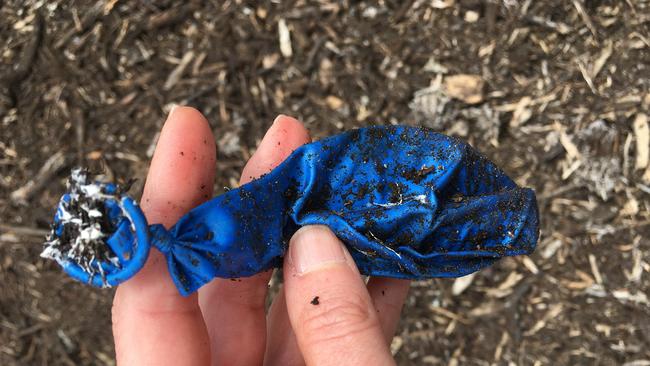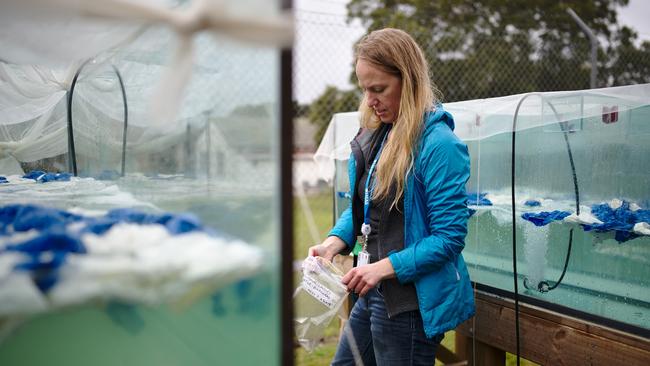Are latex balloons really biodegradable?: UTAS researchers publish surprising findings
Are latex balloons really biodegradable? The balloon industry has been shocked by surprising results of a University of Tasmania study.

The Launceston News
Don't miss out on the headlines from The Launceston News. Followed categories will be added to My News.
- ‘Revelation’: High-grade gold potential discovered in stockpiles at Beaconsfield Mine
- Australia’s largest medicinal cannabis plantation could be planted in Tasmania this year
A WORLD without balloons would be a sad one says owner of Launceston store Blast Balloons and Parties, but the party is over according University of Tasmania researchers.
The University’s Institute for Marine and Antarctic Studies (IMAS) burst the party industry’s biodegradable latex balloon bubble when it published a new study on Tuesday.
The study, commissioned by Zoos Victoria and City of Hobart Council, tested commercial marketing claims that latex balloons are biodegradable.
The frequent source of environmental litter was tested in freshwater, salt water and industrial compost for 16 weeks and showed no meaningful signs of degradation with the research published in the Journal of Hazardous Materials.
Lead author of the study Dr Morgan Gilmour said the biodegradability of latex balloons had only been tested once before.
“The environmental impact and longevity of balloons have long been a matter of debate between environmentalists and manufacturers, so we were surprised at the lack of relevant research,” Dr Gilmour said.

“Only one peer-reviewed study in 1989 has previously examined latex balloon degradation, although there have been two additional studies, a dissertation and an industry-funded report that provided conflicting data.
“In the absence of robust scientific information, consumers have been unable to make informed decisions when presented with packaging claiming latex balloons are biodegradable.”
Co-author Dr Jennifer Lavers said latex balloons were often marketed as biodegradable because latex is a natural product, but the manufacturing process added many other chemicals and compounds.
“To create high-quality, long-lasting balloons, latex needs to be vulcanised with sulphur and compounds such as heavy metals, waxes, antioxidants, plasticisers, flame retardants and pigments are added to it,” she said.
“Helium-filled latex balloons can travel for hundreds of kilometres before littering land or water and they can be lethal to wildlife.”
Blast Balloons and Parties owner Sharon Parry is an active member of the Pro Environmental Balloons Alliance and said she was shocked by the finding.
She said she had read that latex balloons break down at the rate of an oak leaf, but was “very interested” to read the UTAS study.
“I’m of the understanding that they are biodegradable, if they’re not biodegradable then I need to re-educate people with their disposal of them after their functions,” she said.
Mrs Parry advises her customers what she has believed to be the best practice for latex balloon disposal and refuses to sell to people who plan to release balloons into the sky.
She said party suppliers and entertainers had lost income with pressure on balloons from environmental groups and organisations like councils and department stores banning them.
“There would be a lot of people who probably wouldn’t buy balloons if they knew that they weren’t biodegradable.
“I advertise on my website that I am an active member of PEBA. Customers have come in and said; ‘we are coming to you because of that’.”
Mrs Parry said PEBA has conducted its own studies on latex balloons, publishing its findings online.
Mrs Parry said it would be “a very sad world” without balloons and they “bring so many smiles to people”.
When the COVID-19 pandemic, the streets were bare and “everything was so negative”, Mrs Parry made a giant flamingo costume out of balloons and walked the streets “just to put a smile on people’s faces”.


